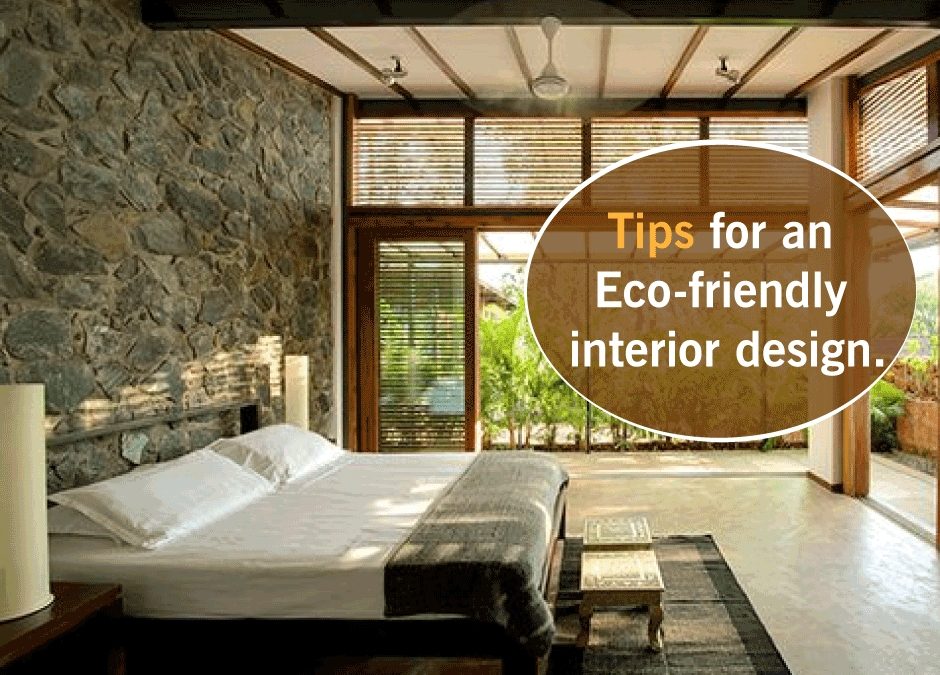On this world environment day, let’s do something to get closer to the environment and adopt sustainability. As a constructive approach, Tech-Towne is an epitome of suitable development and environment conservation. Whether it’s a large open green area, tree plantation, or rainwater harvesting system; eco-friendliness and environment protection remain at the core of planning and development. Taking a step further, we advice the inhabitant of Tech-Towne to adopt small measures for getting closer to nature. Here are some tips for eco-friendly interior design.
1. Use plants as decoration:
Instead of browsing e-commerce for an interior home purifier, one can use plants for interior decoration. Along with beautiful visual presence, they provide oxygen and filter out harmful chemicals from the air. Additionally, they offer natural beauty, ambiance and freshness. Why to go for artificial chemical room freshener that can harm; think of mint or pine’s refreshing scent or flowers with lovely fragrances.
2. Let natural light in:
Only the right light can create a mind-blowing aura by modifying the saturation and visual appeal of the color combination that you have used for your interior design. Always try to maximize the intake of natural sunlight in your home as it’s a natural way for disinfection too. Use insulating glasses on your windows for restricting the hotness, not the visibility. Your bedrooms and bathrooms face north (with less sun) and kitchens and living rooms face the sunnier north.
3. Avoid VOCs:
VOCs or volatile organic compounds are organic chemicals that evaporate at room temperature. Normally, VOCs are present in paints, adhesives, household cleaning and disinfectant products, room fresheners, furniture and carpets. In an enclosed space, a higher concentration of VOCs can harm your health and can possibly cause eye & throat irritation, headaches, nausea, liver damage and even cancer. Try to use eco-friendly certified pains, wood products that contain no added formaldehyde, water-based stains and finishes. Also, keep in mind to use locally available products in your interior designing as there is less associated carbon emission in transportation and manufacturing of that.
4. Use natural textiles, furniture and finishing:
Nature always produces only things that it can decompose and to get closer to nature, try to use the things that finally decompose and not add more volume to existing landfills. Whether it’s about furniture, mattresses, pillows, beddings, decorative articles or any other thing, focus more on eco-friendliness and durability of products. For eg. Pillow with wool, cotton or feather stuffing than synthetics, natural latex than synthetic rubber, jute carpets than mats. Such small things cost huge to the environment.
5. Kitchen garden and waste reduction:
You can also maintain a small kitchen garden if you are available with space or simply grow some veggies in pots. Try to reduce the quantity of waste generation by implementing the principle of reuse and recycle. Avoid using one-time plastic carry bags or other polymer-based things in your kitchen. Collect the organic and inorganic waste separately in the bins and try to decompose the organic waste by using any waste decomposition techniques. You can generate organic manure by this process for your plants in your house. Also, think of giving the maximum of your inorganic waste including e-waste for recycling.
It’s our planet and we call it home. We should try not to damage the interior design of our planet by killing our environment.

